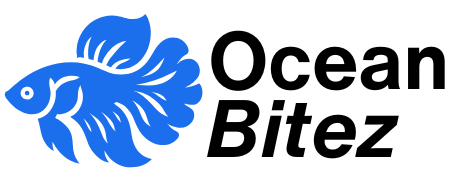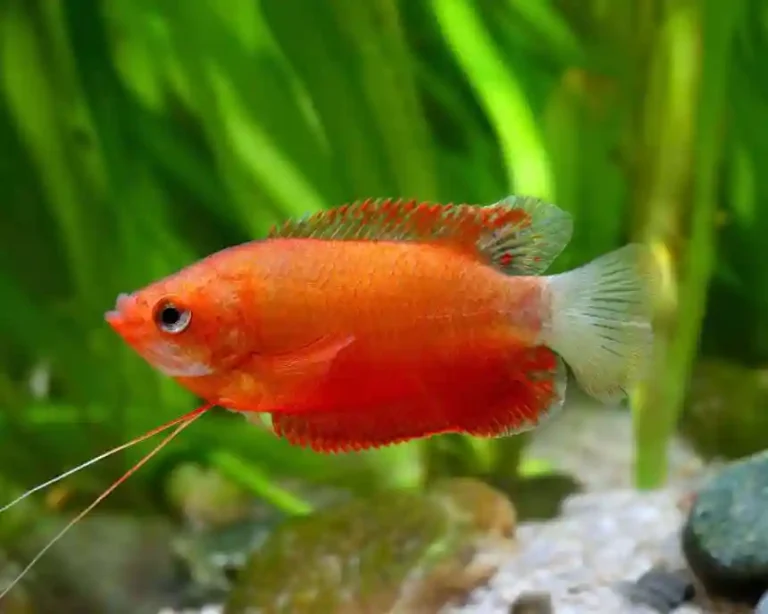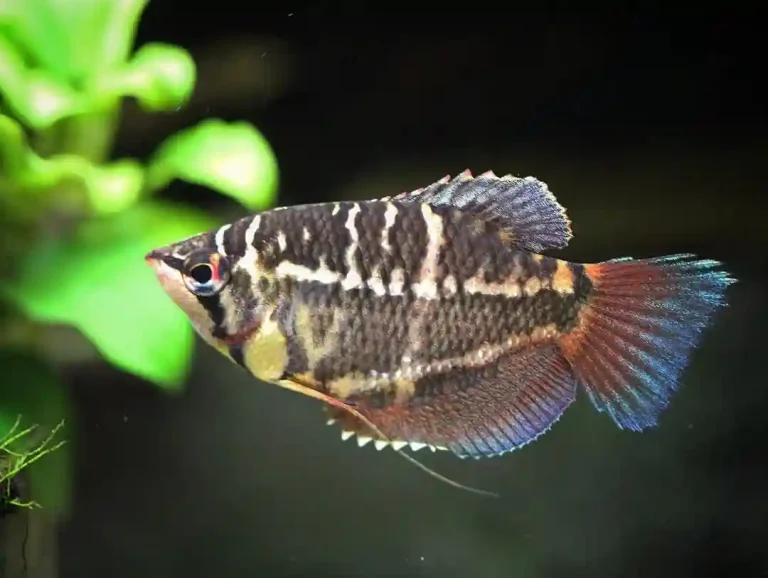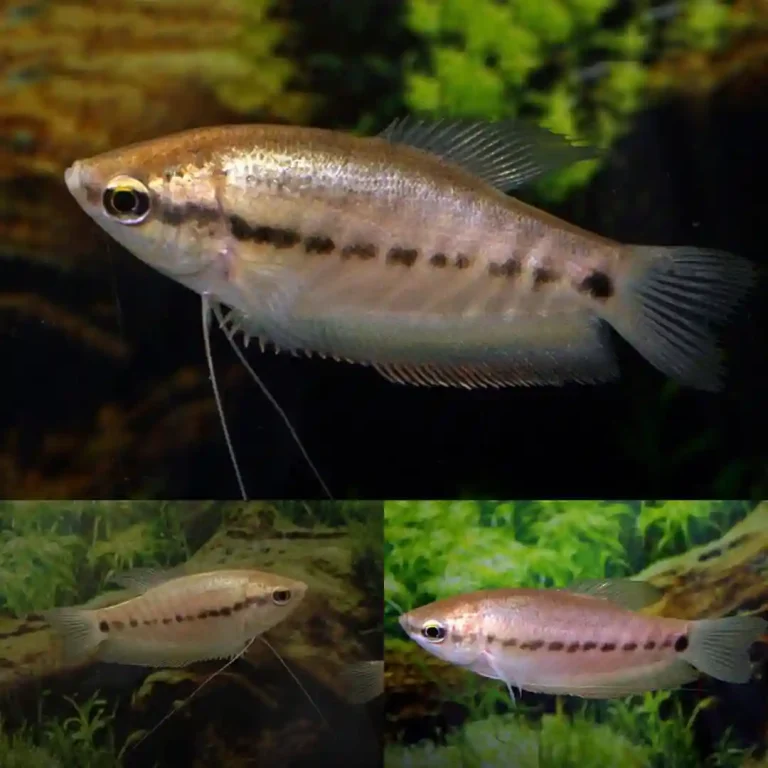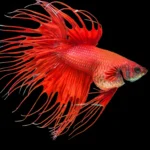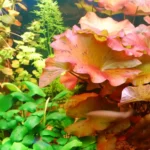13 fish with big forehead
Fish with big foreheads, often called nuchal humps, are found in both freshwater and saltwater habitats. These bulges can serve many purposes from attracting mates to showing dominance or storing fat. In this guide, we explore 15 fish species famous for their large foreheads, what makes them unique, and which ones can thrive in home aquariums.
What Causes Fish to Have Big Foreheads?
Big foreheads, or nuchal humps, appear in many fish species for reasons linked to survival, mating, and dominance. In some fish, the hump is a sign of strength or maturity, helping attract mates or intimidate rivals. Others use their head bulge to store fat or help with hydrodynamics while swimming. The size and function of the hump can depend on the species, the fish’s age, and its role in the social structure.
Fish With Big Foreheads: Comparison Table
| Fish Name | Type of Hump | Size | Aquarium Friendly? |
| Asian Sheepshead Wrasse | Large nuchal hump | Up to 100 cm | No (wild only) |
| Barreleye Fish | Transparent head dome | 15 cm | No (deep sea) |
| Bighead Carp | Broad bony forehead | 100+ cm | No (wild/invasive) |
| Dolphin Cichlid | Fatty nuchal hump | 20-25 cm | Yes |
| Flowerhorn Cichlid | Pronounced fat hump | 30-40 cm | Yes |
| Frontosa Cichlid | Bony nuchal hump | 30-35 cm | Yes |
| Green Humphead Parrotfish | Large head bulge | 100-130 cm | No |
| Humphead Glassfish | Forehead bump | 8 cm | Rare (wild) |
| Hump-headed Blenny | Rounded forehead | 12 cm | No |
| Kamfa | Fatty nuchal hump | 30 cm | Yes |
| Lionhead Cichlid | Fat forehead | 15-20 cm | Yes |
| Mahi-Mahi | Sloping forehead | 100-130 cm | No |
| Midas Cichlid | Fatty forehead | 30 cm | Yes (advanced) |
| Napoleon Fish | Giant bony forehead | 200 cm | No (protected) |
| Oranda Goldfish | Wen (fleshy growth) | 15-20 cm | Yes |
1.Asian Sheepshead Wrasse (Semicossyphus reticulatus)
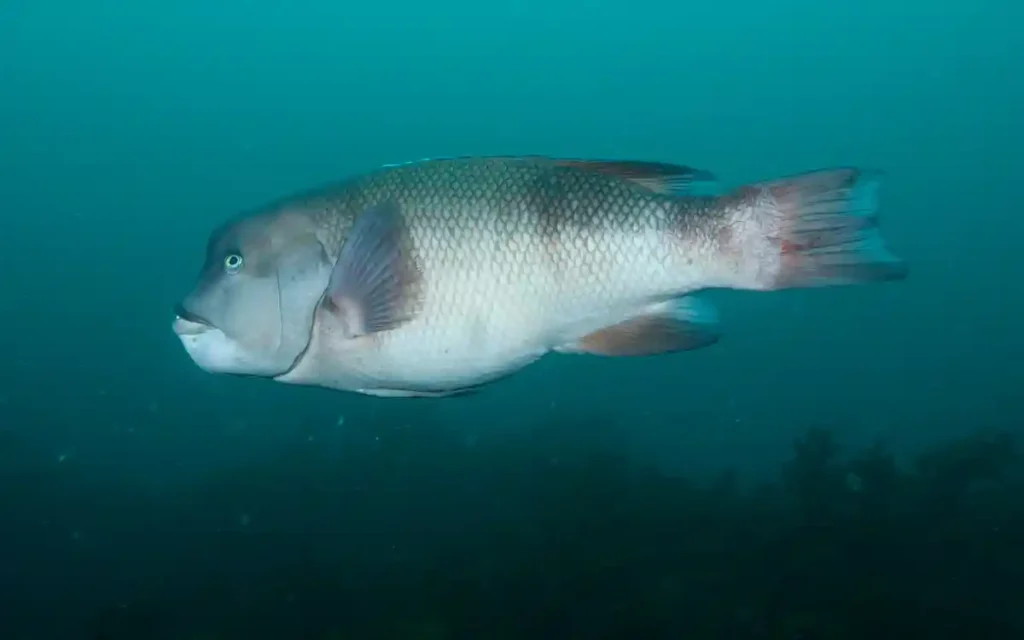
This striking marine fish, native to Japan and Korea, is easily recognized by its large, bony forehead and thick lips. The nuchal hump is more pronounced in males and grows larger with age, symbolizing strength and dominance. Asian Sheepshead Wrasse can reach up to 100 cm and are found in rocky reef habitats. They’re not kept in home aquariums due to their size and specialized environment, but divers often seek them out for their unique appearance.
2.Barreleye Fish (Macropinna microstoma)
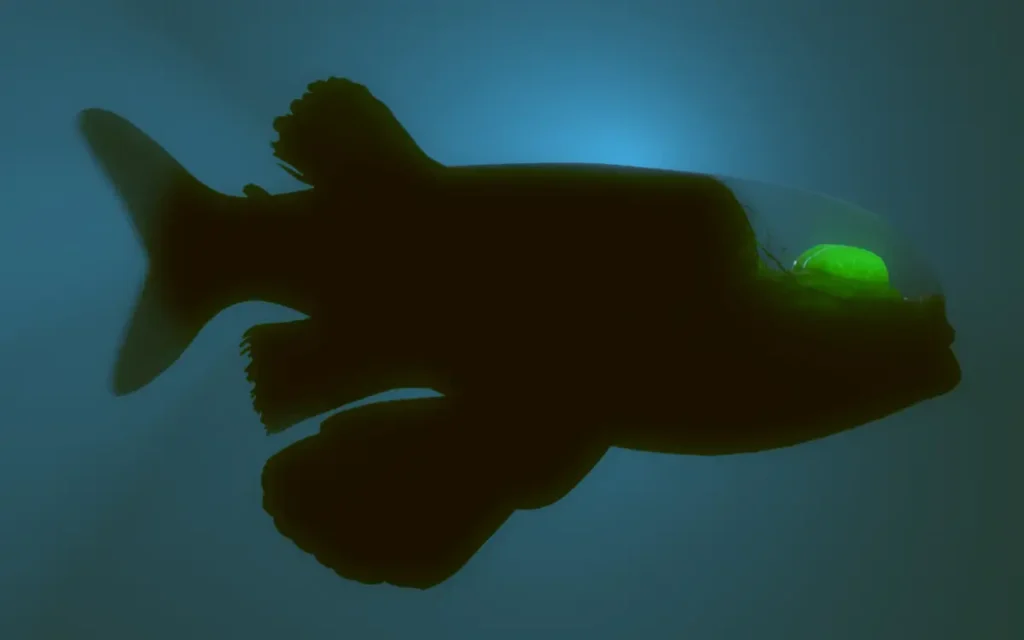
The Barreleye Fish is one of the ocean’s most fascinating species, with a transparent forehead dome that allows it to see through its own head. This deep-sea fish, around 15 cm long, uses its clear forehead to protect its sensitive, tubular eyes while it hunts in the dark depths. Because of its deep habitat and delicate nature, it is not kept in aquariums and is rarely seen alive except by submersible cameras.
3.Bighead Carp (Hypophthalmichthys nobilis)
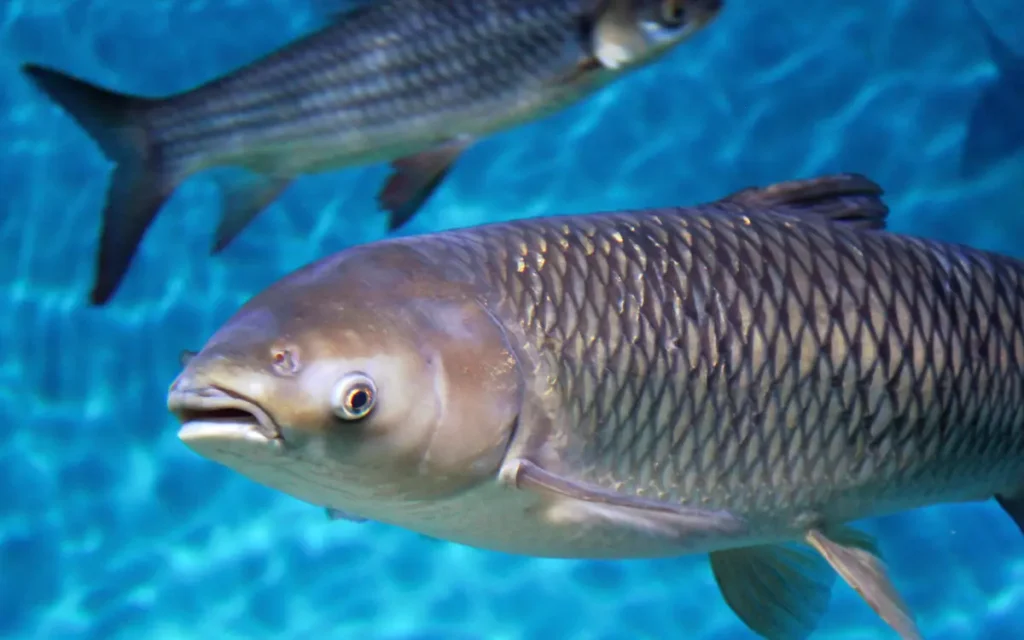
Bighead Carp are freshwater giants with a broad, bony forehead that helps them filter plankton from the water. They can grow over a meter long and are known for their rapid growth. Originally from Asia, they have become invasive in some parts of the world, especially in North America. Due to their size and environmental impact, Bighead Carp are not suitable for aquariums and are best left in large natural bodies of water.
4.Dolphin Cichlid (Cyrtocara moorii)
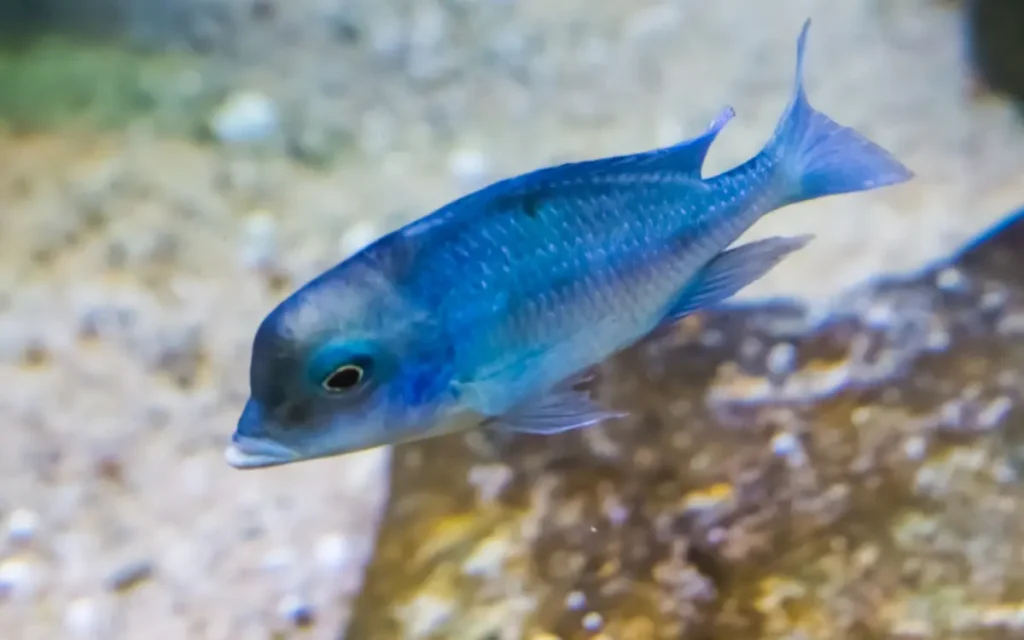
The Dolphin Cichlid, also called the Blue Dolphin, is a peaceful freshwater fish admired for its graceful swimming and soft, fatty nuchal hump. Native to Lake Malawi, it grows to about 20-25 cm and does well in large community tanks with other gentle species. Its forehead hump develops as the fish matures, especially in dominant males. Dolphin Cichlids enjoy sandy substrates and open swimming areas in the aquarium.
5.Flowerhorn Cichlid (Hybrid cichlid)
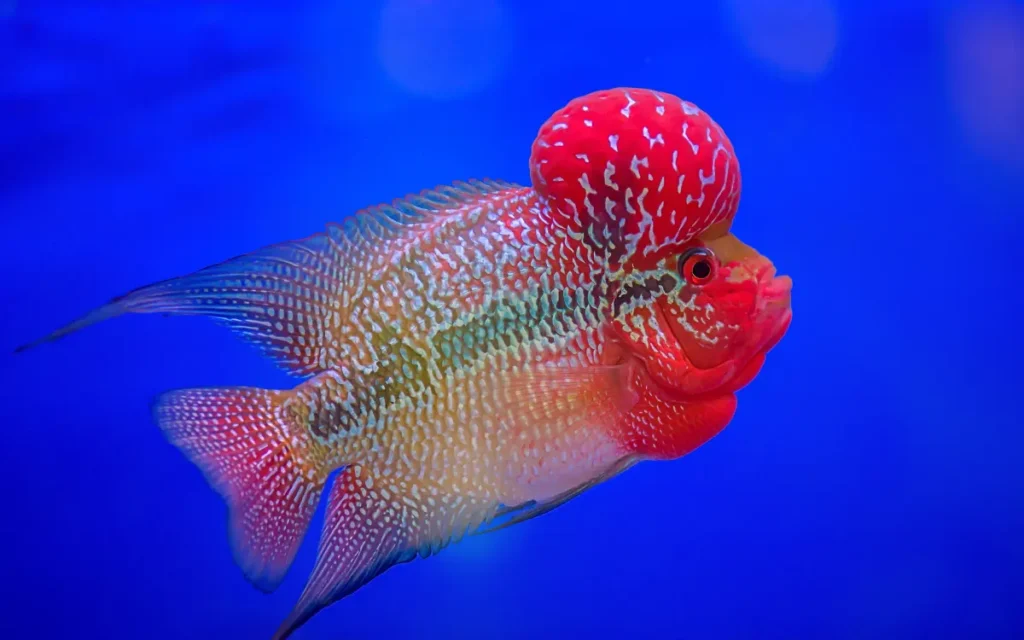
Flowerhorn Cichlids are famous for their massive nuchal hump, called a kok, which is made of fatty tissue. This feature grows larger as the fish matures and becomes more dominant. Known for their vibrant colors and interactive nature, Flowerhorns can recognize their owners and display curious behavior. They are best kept alone in spacious tanks (at least 75 gallons) due to their territorial nature and need for stable, clean water conditions.
6.Frontosa Cichlid (Cyphotilapia frontosa)
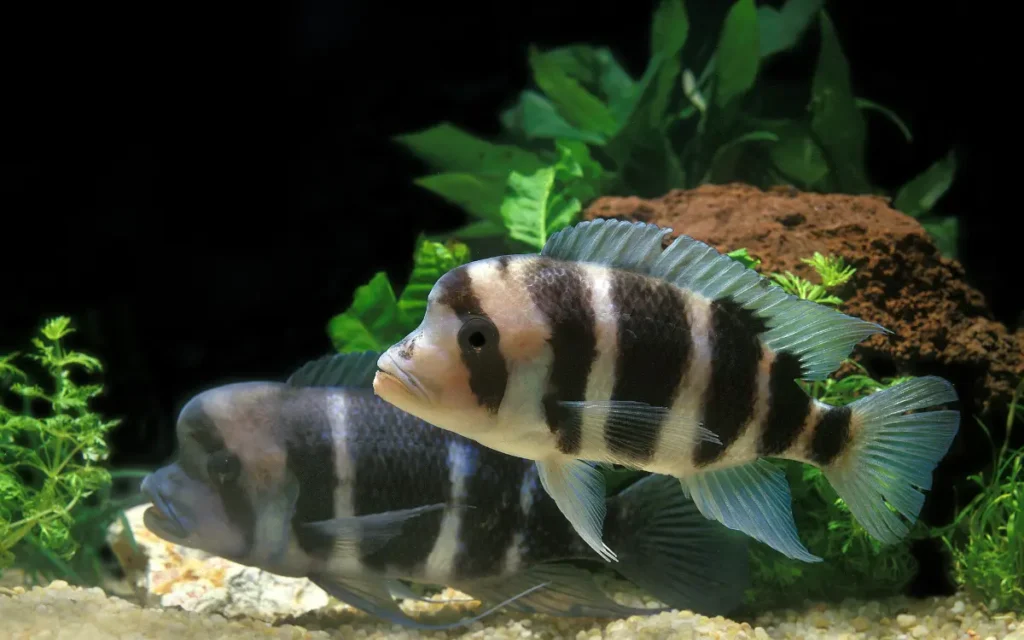
The Frontosa Cichlid is a striking fish from Lake Tanganyika, known for its bold forehead hump and peaceful demeanor. It can grow up to 35 cm and prefers to live in groups. In aquariums, Frontosas need large tanks with plenty of hiding spots and a calm environment. Their forehead hump grows more pronounced in older, dominant fish, adding to their majestic look.
7.Green Humphead Parrotfish (Bolbometopon muricatum)
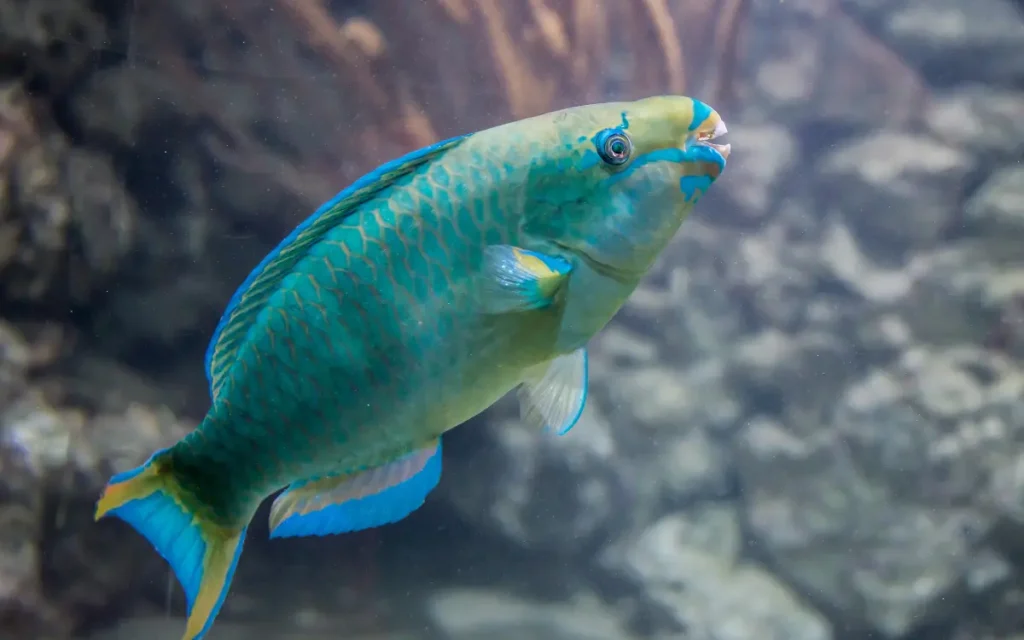
This massive reef fish uses its large, bony forehead for headbutting rivals during territorial disputes. Green Humphead Parrotfish can exceed 100 cm in length and play a vital role in maintaining reef health by grazing on coral and algae. These fish are not suitable for home aquariums due to their size and ecological importance.
8.Humphead Glassfish (Parambassis pulcinella)
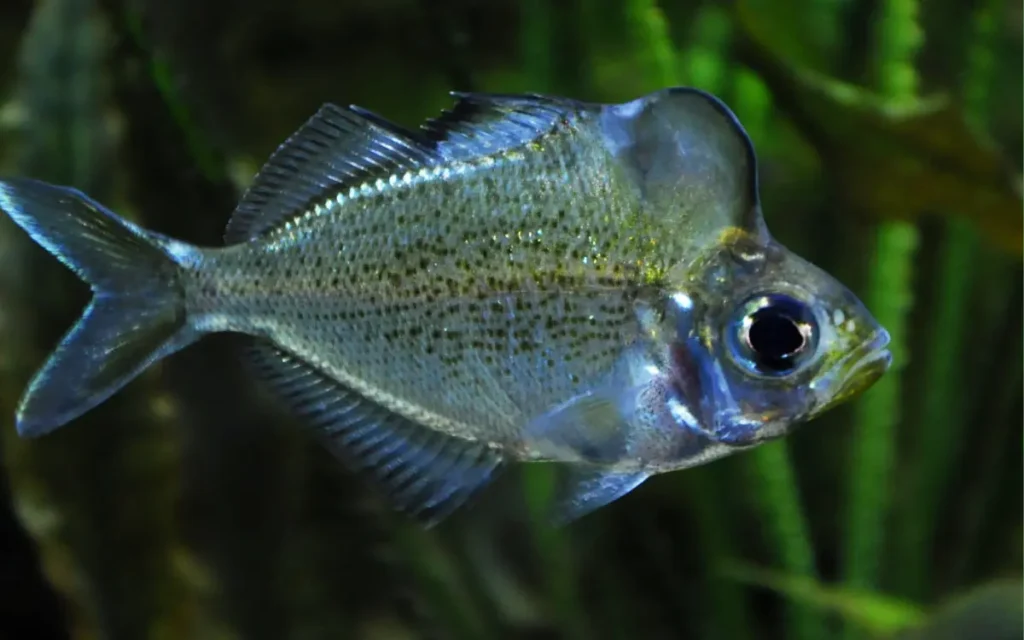
The Humphead Glassfish is a small, schooling freshwater species with a distinctive forehead bump and translucent body. Native to rivers in Myanmar, it grows to about 8 cm and is rarely seen in the aquarium trade. Its unusual appearance makes it a prized find for advanced fishkeepers who can provide the right conditions.
9.Hump-headed Blenny (Blenniella gibbifrons)
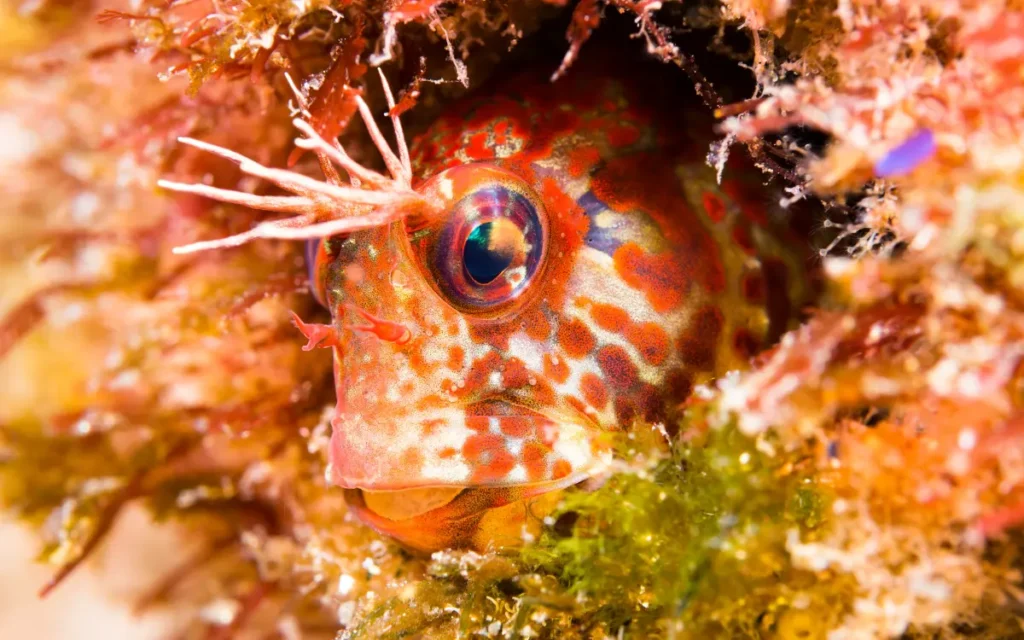
The Hump-headed Blenny sports a rounded forehead and comical expression that make it stand out on coral reefs. It reaches about 12 cm in length and is known for its territorial behavior. These blennies aren’t common in home aquariums because they need specific reef environments and lots of hiding places.
10.Lionhead Cichlid (Carassius auratus)

Lionhead Cichlids are named for their large, fatty forehead, which gives them a bold, rounded look. They are moderately aggressive and do well in tanks with other robust cichlids. Growing up to 20 cm, these fish appreciate plenty of space and rockwork to claim as territory. Their hump develops as they mature, adding to their impressive appearance.
11.Mahi-Mahi (Coryphaena hippurus)
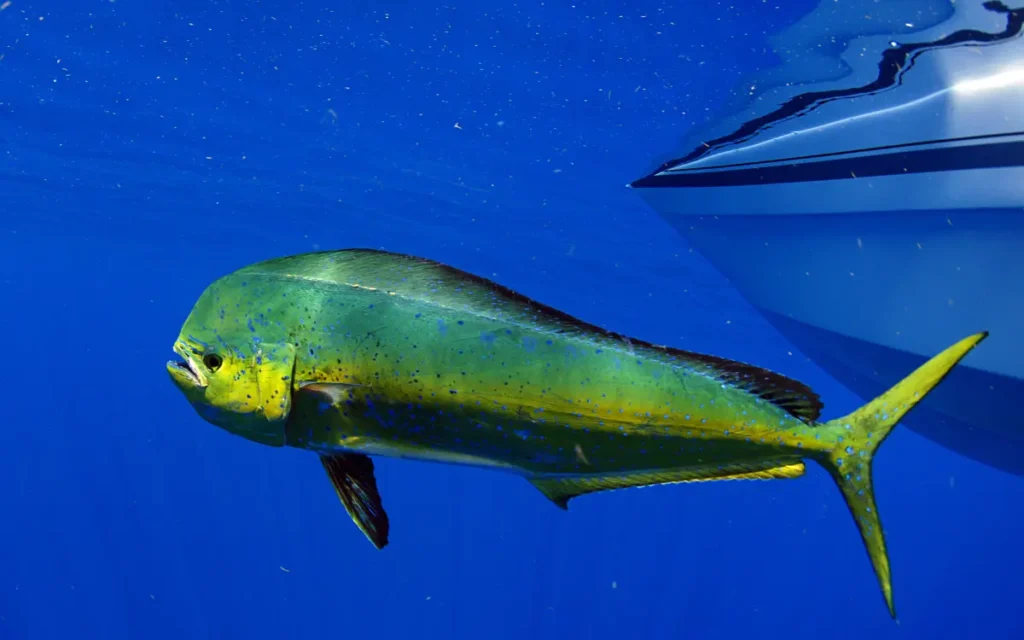
Mahi-Mahi, or dolphinfish, have a sloping, broad forehead that helps them cut through the water at high speeds. They can grow over a meter long and are known for their dazzling colors and athletic swimming. These fish are not suited for aquariums and are found in the open ocean, where they are prized by sport fishermen.
12.Midas Cichlid (Amphilophus citrinellus)
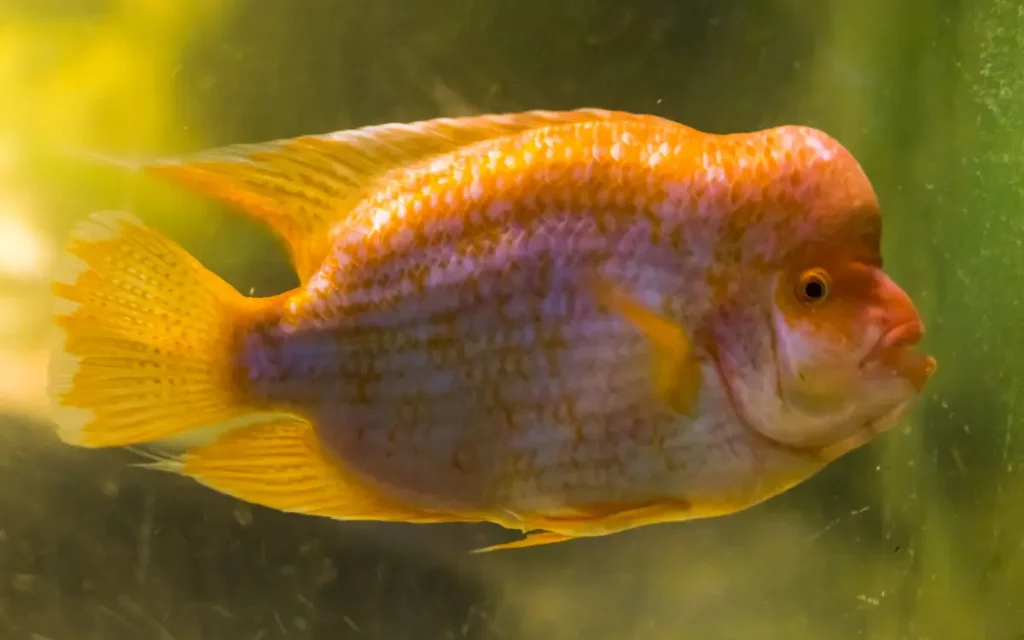
The Midas Cichlid is a bold, aggressive freshwater fish that develops a fatty nuchal hump, particularly in dominant males. It grows to about 30 cm and requires a large tank with strong filtration. Midas Cichlids are best kept alone or with very tough tank mates, as they are known for rearranging decor and digging in the substrate.
13.Oranda Goldfish (Carassius auratus auratus)
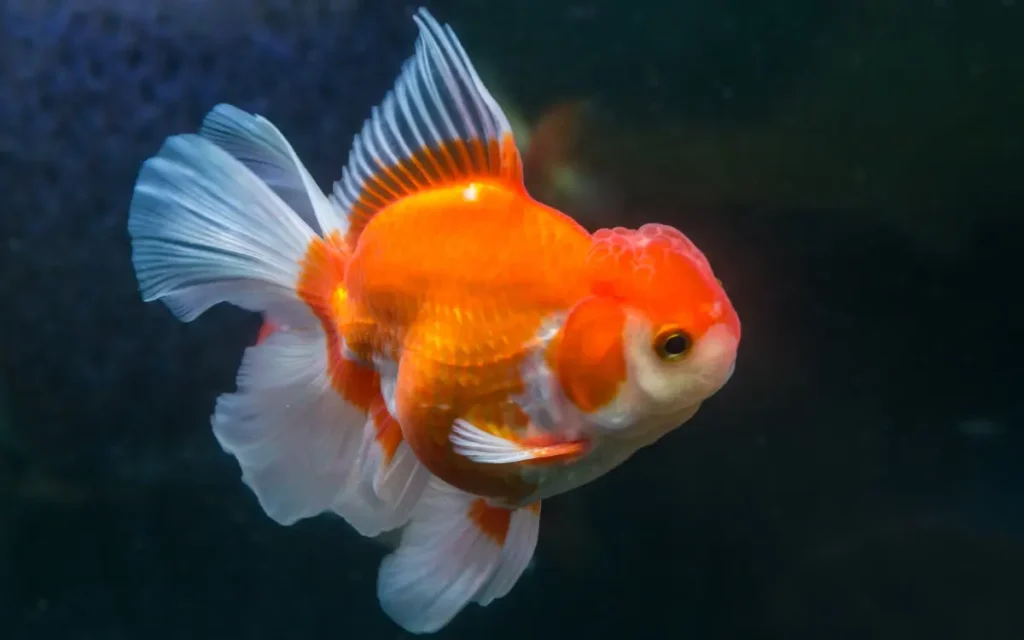
Oranda Goldfish are beloved for their wen, a fleshy growth that covers the head and forehead. This peaceful, fancy goldfish grows to about 20 cm and needs a spacious, well-maintained tank with gentle filtration. Their wen can continue to grow throughout their life and requires monitoring to prevent infections.
Are Big Forehead Fish Good for Aquariums?
Not all fish with big foreheads are suitable for home tanks. While species like the Flowerhorn, Oranda Goldfish, Dolphin Cichlid, and Frontosa Cichlid can make impressive aquarium residents, they require large tanks, stable water parameters, and careful attention to compatibility. Marine giants like the Napoleon Fish and Green Humphead Parrotfish belong in the wild or public aquariums.
Read also:
16 Fish with Big Eyes To Explore
17 fish With Legs (That Walk on Land or Sea Floor)
FAQs
Why do some fish have a forehead hump?
The hump helps with mating, dominance, species recognition, or fat storage, depending on the fish.
Can the forehead size change over time?
Yes. In many species, the hump grows larger as the fish matures or becomes dominant.
Are these fish harder to keep?
Some (like Orandas) are easy for beginners, while others (like Flowerhorns or Midas Cichlids) need advanced care and large tanks.
